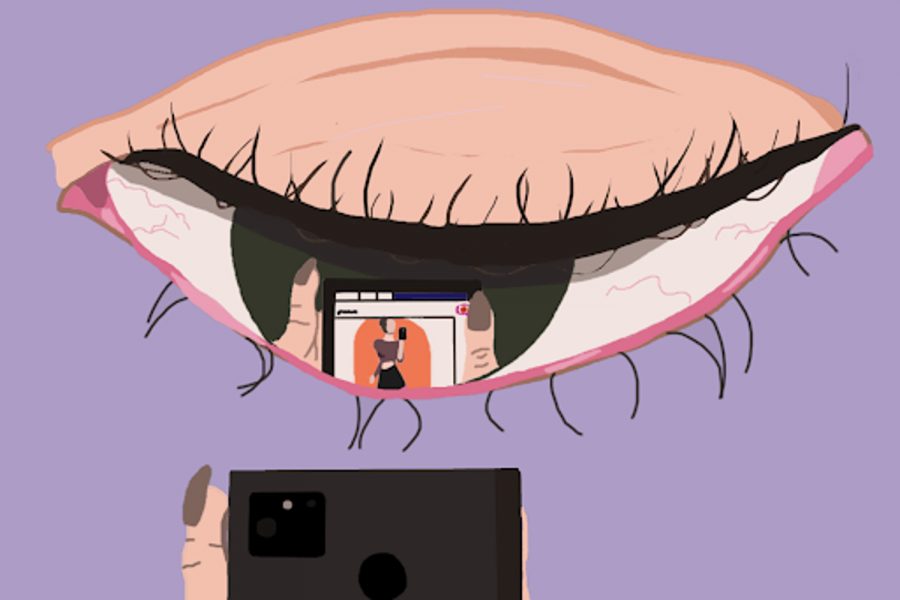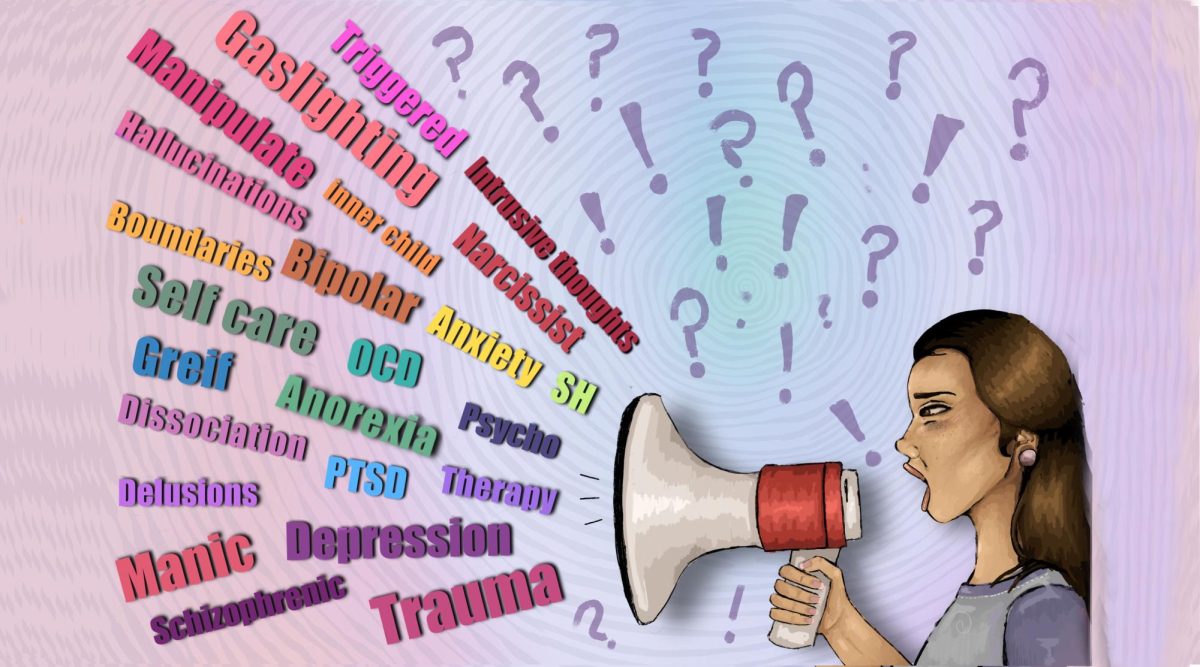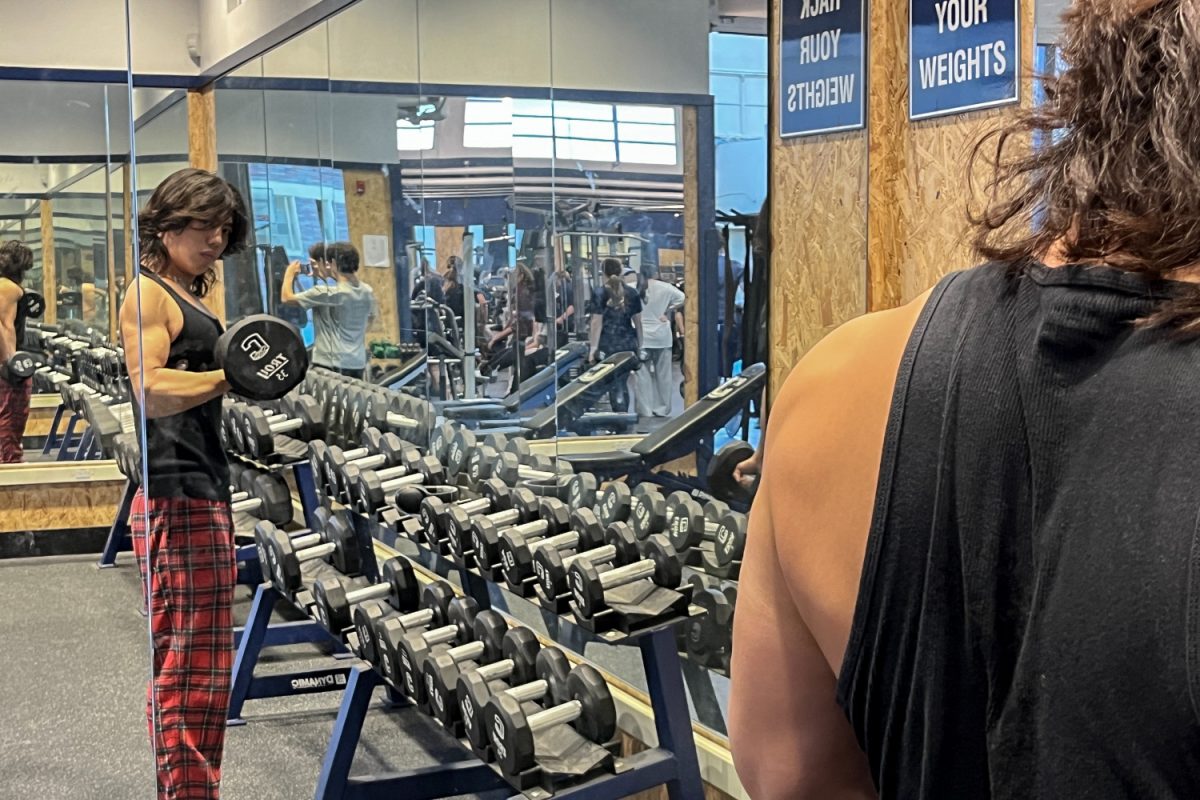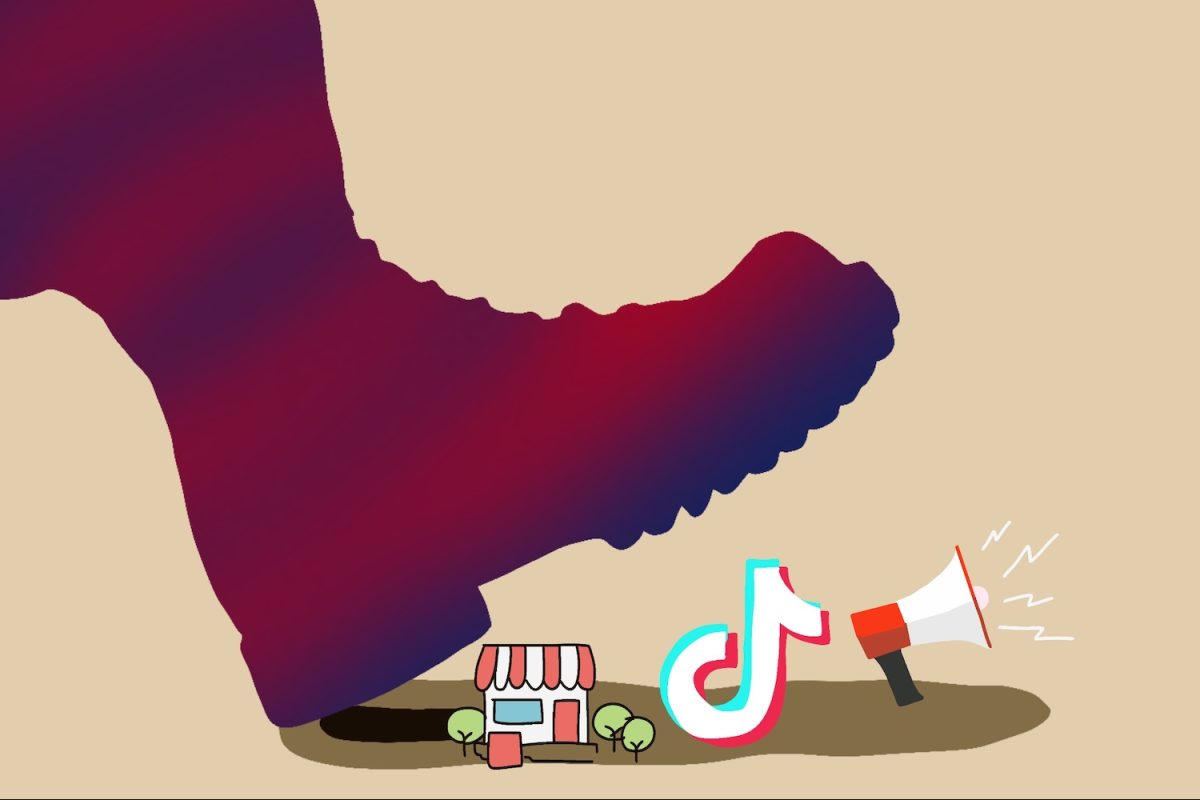Ninety percent. According to a Cornell University study, that is the number of young, healthy-weighted American women who are displeased with their appearance.
But what about their future children?
The desire to be thinner could manifest in children as young as 8 years old, as shown by the Australian Institute of Family Studies.
While you may ask your parents if they are dissatisfied with their bodies, and they tell you, “I’ve stopped caring about that years ago,” many carry their insecurities for a lifetime.
These insecurities can latch on longer than anticipated and manifest into body dysmorphia. This phenomenon is not talked about enough.
Even a conversation among classmates can trigger body dysmorphic disorder, but a family tree of comorbidities such as depression, obsessive-compulsive disorder (OCD), and social anxiety disorder could accompany it.
According to the Diagnostic and Statistical Manual of Mental Disorders (DSM-5), the median age from which body dysmorphic disorder (BDD) stems is 15-years-old; however, there is no specific cause.
“There are some people who start getting symptoms of BDD when they’re younger, but it’s gradual,” said Gia Reyes, a psychotherapist for the Youth Service Bureaus of the YMCA. “It could be trauma, or it can be social media, environment; but there are aspects in a person’s life that we call risk factors. For example, you see an older sibling experiencing body dysmorphia and expressing thoughts of self-loathing. When exposed, you may start believing these thoughts yourself.”
The DSM-III-R officially coined the term body dysmorphic disorder in 1987, previously labeled dysmorphophobia. A person experiencing BDD fixates on a perceived physical flaw that they believe is true. They will routinely mirror-check and often suffer from bouts of anxiety. Many generalize that adolescents’ leading cause of self-loathing stems from social media’s suffocating beauty standards, but frequently this is not the case. Often, it can develop at a very young age from conversations and interactions with siblings, guardians, friends, and other peers. This was the case for sophomore Sofia Cueva.
“I think it started from the kids in my class,” Cueva said. “Usually, we would compare skin tones, and they would say, ‘Sofia, you’re so dark,’ or ‘Oh, Sofia, you can’t fit here because you’re so big.’ I used to discuss it with my friends in third grade, and we would always compare our weights or how much we ate.”
Rory Chamberlin, another sophomore, voiced similar sentiments as Cueva.
“I’m not exactly sure how it started, but I have a feeling it had to do with other kids discussing their bodies and constantly comparing each other,” Chamberlin said. “I remember being in third grade and sitting at a lunch table with a bunch of girls who were saying, ‘I’m so fat,’ and had normal bodies, and it kind of made me feel that way about my body too, and I sort of internalized it.”
Young children are significantly more impressionable and subconsciously absorb much of their role models’ influence. Growing up, a child will usually find choose a role model, most commonly a sibling or guardian. Research for The Journal of Genetic Psychology suggests that adolescents are more likely to have lower physical self-worth if their sibling does, and vice-versa.
Concerning parents, a Body Image study of their impact on children’s BDD symptoms concludes that when adults tease their child’s appearance or express an overall negative attitude about weight, it ultimately heightens the child’s symptoms.
“Families can increase insecurities due to the fact they’re your flesh and blood. Compared to what your friends could say, those [comments] are long-term,” said sophomore Kevin De Souza. “My brother and I looked very similar, and whenever he called himself ugly, it would translate onto me sometimes, and it would hurt. This happened before middle school, and he was the guy I would look up to, and if he thought he was ugly, I would too.”
The severity of dysmorphic thoughts in an individual will depend on the surrounding risk factors. Dissatisfaction can often grow into weight-altering behaviors, depression, and suicidal tendencies in adolescents. Issue three of the Journal of Clinical Child and Adolescent Psychology reported that females have more anxiety symptoms than males, although symptoms are generally the same for both sexes. However, the social differences between the two are still prevalent and are equally complicated.
“The physical build of a guy is an unreal expectation due to all the men who lift weights to the point where they are measuring every calorie,” said junior Zachary Taylor. “People inject themselves to look more muscular.”
Muscle dysmorphia is primarily common among males, especially since the bodybuilding aspect of social media has captured the interest of some aspiring young men. In a Professional and Motor Skills: SAGE Journals study of 301 bodybuilders in Brazil, the average age of bodybuilding is 25-years-old. Athletic influencers inspire boys to idealize the competitiveness of gaining muscle, with some pursuing bodybuilding after graduating high school.
“What males are usually preoccupied with around the age of 12 is muscle dysmorphia. They can be preoccupied with having a six-pack, etc.,” Reyes said. “I think a lot of people still subscribe to toxic male masculinity. A big portion of society still views macho-men as muscular men. It seems normal for young men to want or aspire to be muscular because social media and movies portray good-looking men as muscular.”
You can’t really enjoy yourself like other people…
— Nikolet Krishtop
Many teenagers revolve their free time around social media usage, communicating with friends, etc. Due to low self-esteem, adolescents with BDD feel intimidated by the idea of putting themselves out there online.
“I feel like kids can have body dysmorphia from seeing other people on social media, especially since kids aren’t fully developed,” said Nikolet Krishtop, a freshman. “You can’t really enjoy yourself like other people, you see other people taking pictures of themselves, but you can’t because you’re insecure.”
Generation Z has blossomed under the influence of portable devices, computers, and television and is currently conscious of social media’s mental impact. Now more than ever, internet platforms are meticulously designed to expose young children to unrealistic lifestyles.
“There are hundreds of millions of people using social media, one side of it is jokes and memes, and the other side of it is showing how you and your body look,” Cueva said. “I also think that quarantine left people in their houses to think about themselves more, and through social media, influencers promoted workouts, and a lot of teens and young kids started following these regimens and looked up popular fat diets.”
In Dermatology Reports, an official journal by the Italian Association of Hospital Dermatologists, a 2020 study of people who regularly use social media concluded that those who met the basis of BDD spent a significant amount of time on Instagram and Snapchat, and more often compared their appearance to celebrities online. Although, those with potentially harmful BDD symptoms can try cognitive-behavioral therapy. Cognitive-behavioral therapy (CBT) is also used for OCD and can alleviate intrusive thoughts of stress and anxiety, further preventing the development of suicidal tendencies.
Reyes suggests that parents should immediately seek professional help if their child verbalizes concerns and negative comments about their body, adding that some parents go into denial instead of accepting that their child may need psychological assistance.
“That’s the stigma of a mental health disorder. You can call it a mental health issue or problem. If you deny that it exists in your child, it could just become worse,” Reyes said.























